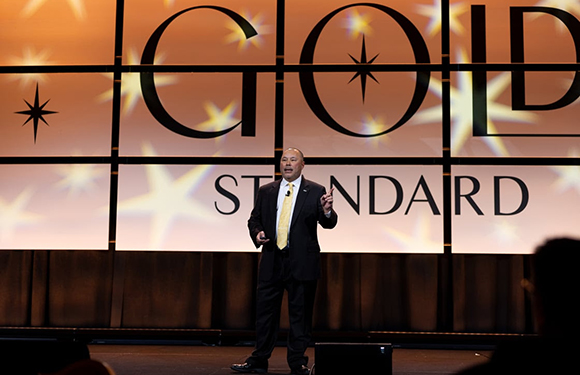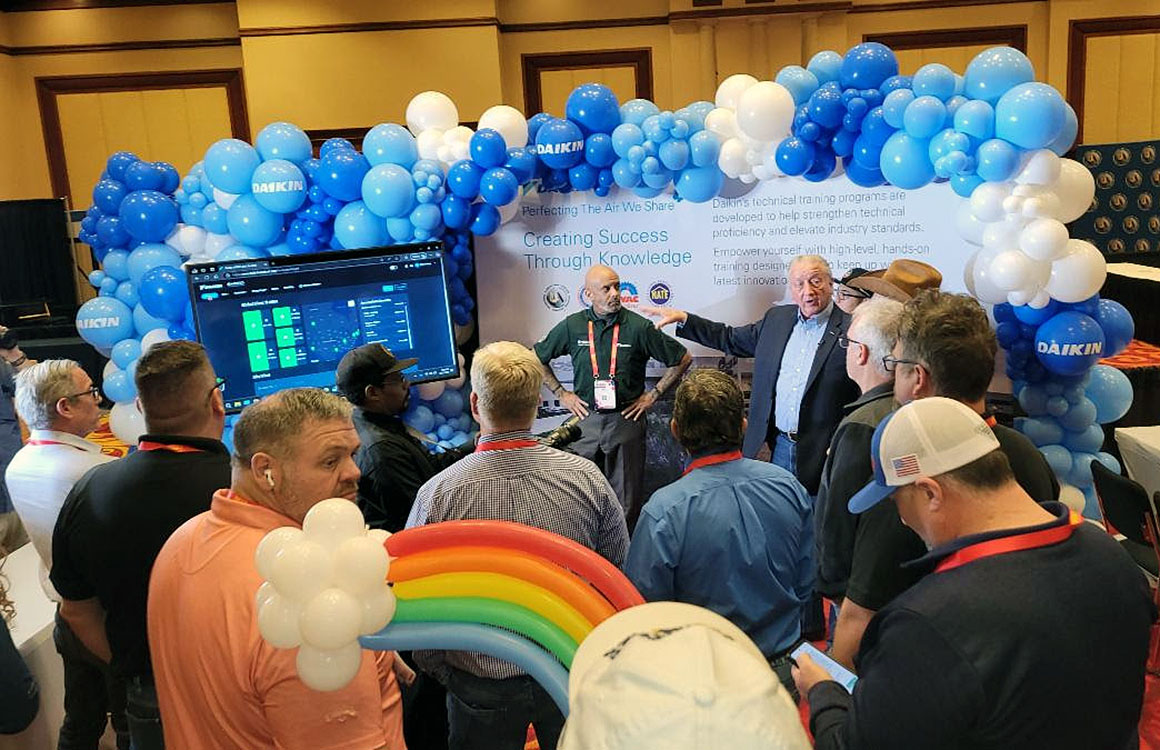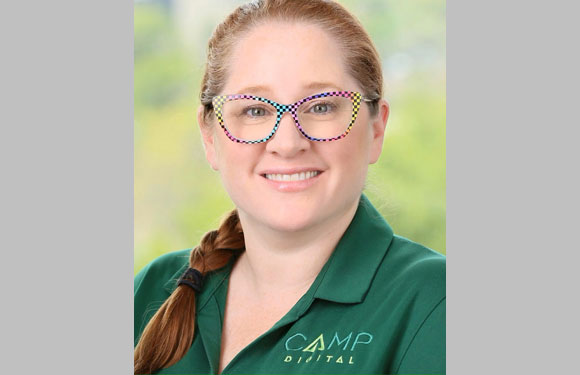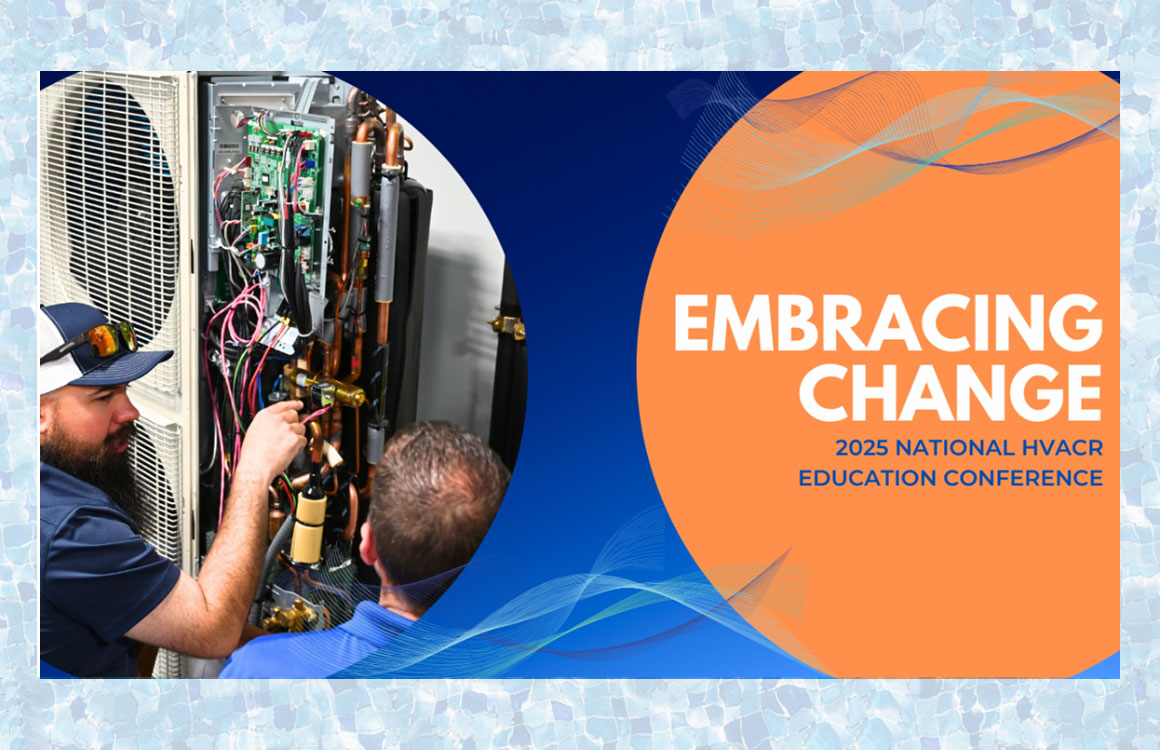
News
Carbon Monoxide: Help Predict Pressure Switch Trips on Condensing Equipment with CO Readings
By David Richardson

A problem that will drive any seasoned technician crazy is for the pressure switch in a 90% furnace to intermittently trip on the coldest night of the year. Did you know that CO (carbon monoxide) measurements in the flue gas can help you predict if this will occur? Let’s look at how to determine if this could happen, the common causes, and how to correct them.
A Common Scenario
You are dispatched to a no-heat call on the coldest night of the year. Upon arrival, you find a condensing furnace locked out due to a pressure switch fault. You go through your diagnostic checks and everything tests out great – there’s no sign of an issue. The pressure switch is good, it has plenty of vacuum to pull the switch down, all hoses are tight and in good shape, and the trap and drain are clean and clear. Everything is mechanically sound.
You tell the customer to watch the furnace and explain that it might have been a glitch. A few hours pass and you get a call back – the furnace is doing the same thing. You ask the customer to turn power to the furnace off and then back on to get their heat running again – you’re stumped. The issue continues to randomly occur until the cold snap disappears, then it magically disappears. Sound familiar?
How to Perform the Test
To prevent this situation, you can measure CO in the flue gas and look for a pattern that can reveal if the pressure switch will trip. To perform this test, you’ll need a combustion analyzer capable of measuring CO, a small drill / impact gun with a unibit, and test port plugs.
Install a test port into the exhaust pipe, a minimum of 12” away from the inducer outlet. This will typically be 3/8” but can vary in size depending on your analyzer probe diameter and test plug size. Turn your combustion analyzer on outdoors and allow it to zero, then come back inside and insert the analyzer probe into the exhaust pipe test port.
Set the thermostat to call for heat. Then, after the furnace runs for five minutes, begin to record CO readings at one-minute intervals up to 15 minutes of run time. Be sure to plug the test port with a watertight plug when testing is complete.
Diagnosing the Readings
You must be patient and watch the CO readings pattern to catch this problem. If you rush, you’ll completely miss the pattern the analyzer reveals. A problem-free furnace should have CO readings less than 100 ppm and stable during the entire run cycle as shown below.
| Time | 6 min | 7 min | 8 min | 9 min | 10 min | 11 min | 12 min | 13 min | 14 min |
| CO | 20 ppm | 20 ppm | 20 ppm | 20 ppm | 20 ppm | 20 ppm | 20 ppm | 20 ppm | 20 ppm |
You’ll notice the CO readings above are stable, they never climb above 20 ppm. This is a sign the furnace is safe and that the pressure switch won’t trip due to a hidden issue. A furnace with readings as shown below is unsafe and will have random pressure switch trips.
| Time | 6 min | 7 min | 8 min | 9 min | 10 min | 11 min | 12 min | 13 min | 14 min |
| CO | 20 ppm | 20 ppm | 21 ppm | 21 ppm | 22 ppm | 22 ppm | 23 ppm | 23 ppm | 24 ppm |
The CO readings above continue to slowly rise from 20 to 24 ppm during furnace operation. This indicates the pressure switch will eventually trip and lockout the furnace. The furnace is also unsafe because CO readings should never rise during the run cycle!
What’s the Cause?
So, what could cause the CO readings to slowly rise? Condensate backing up into the venting system or trap can cause this to happen. Condensate slowly accumulates and restricts the venting system and drain resulting in slowly rising CO readings.
If you’ve ever seen condensate rapidly pour out of the condensate drain after the inducer shuts off, you’ve witnessed this taking place. The inducer is preventing condensate from naturally draining until it shuts off and lets gravity take over.
The issue commonly shows up on the coldest nights because of extended run times. During an average winter day, the furnace typically doesn’t run long enough for enough condensate to accumulate.
Common Issues and Repairs
Flues that are too short, too long, or have back-to-back elbows acting as traps have all been linked to condensate being trapped during the run cycle.
Many of the problems can be avoided by following proper venting design and installation procedures. More advanced repairs are beyond the scope of this article but addressed in the NCI Combustion Performance and CO Safety class.
Next Steps
You can use CO measurements for more than safety testing, if you know what to look for.
Equip your technicians with the instruments and skills they need to add this test to their safety inspections. If you slow down and test, you might save yourself a callback on the coldest night of the year.
About the Author
David Richardson serves the HVAC industry as a curriculum developer and trainer at the National Comfort Institute, Inc. (NCI). NCI specializes in training focused on improving, measuring, and verifying HVAC and Building Performance.
If you’re an HVAC contractor or technician interested in learning more about adding carbon monoxide testing to your services, contact David at davidr@ncihvac.com or call him at 800-633-7058. NCI’s website www.nationalcomfortinstitute.com is full of free technical articles and downloads to help you improve your professionalism and strengthen your company.














